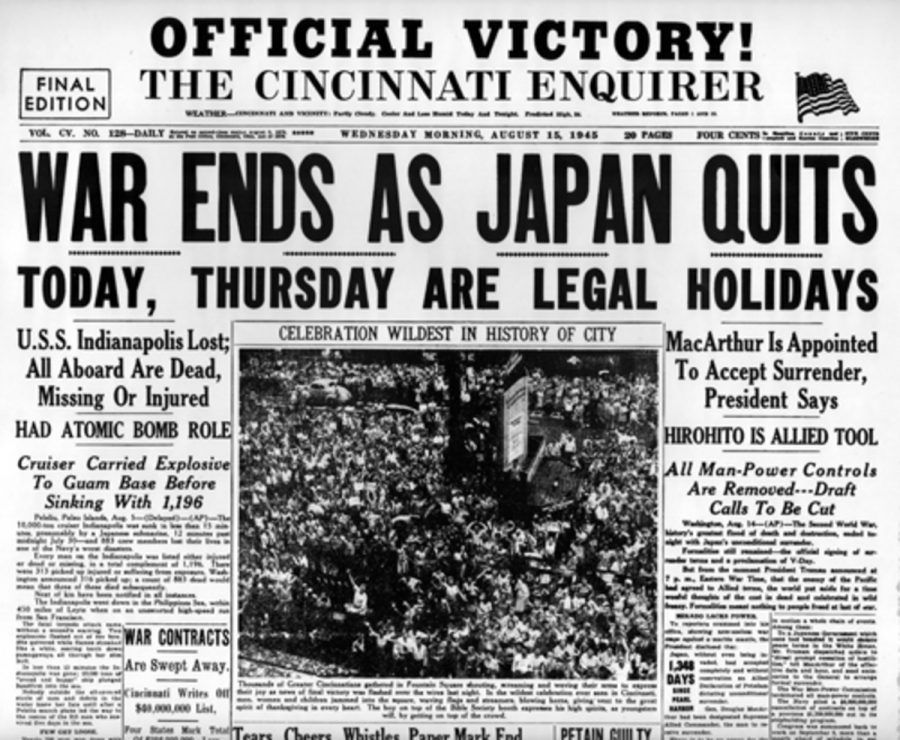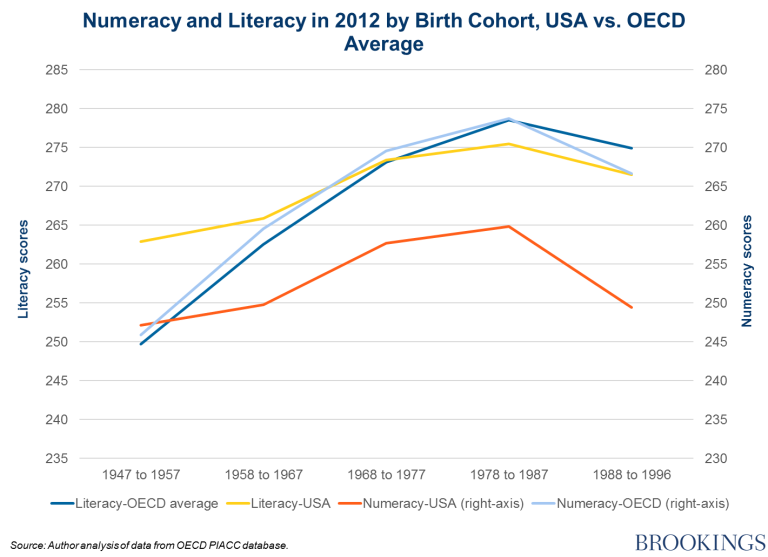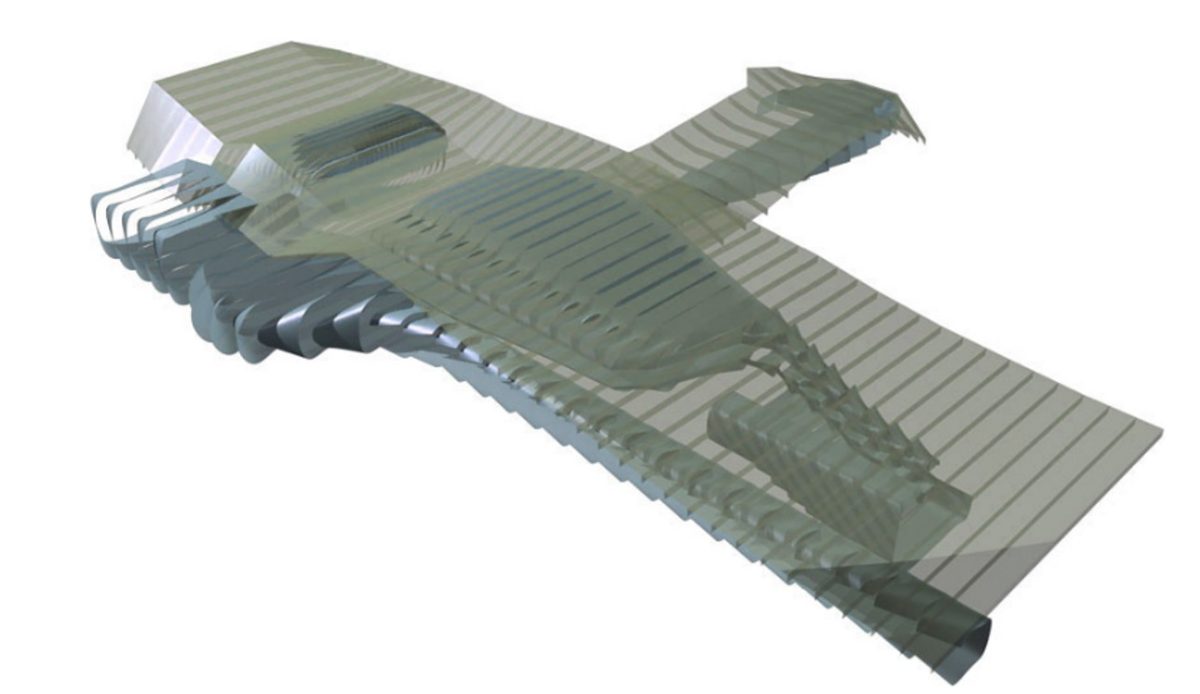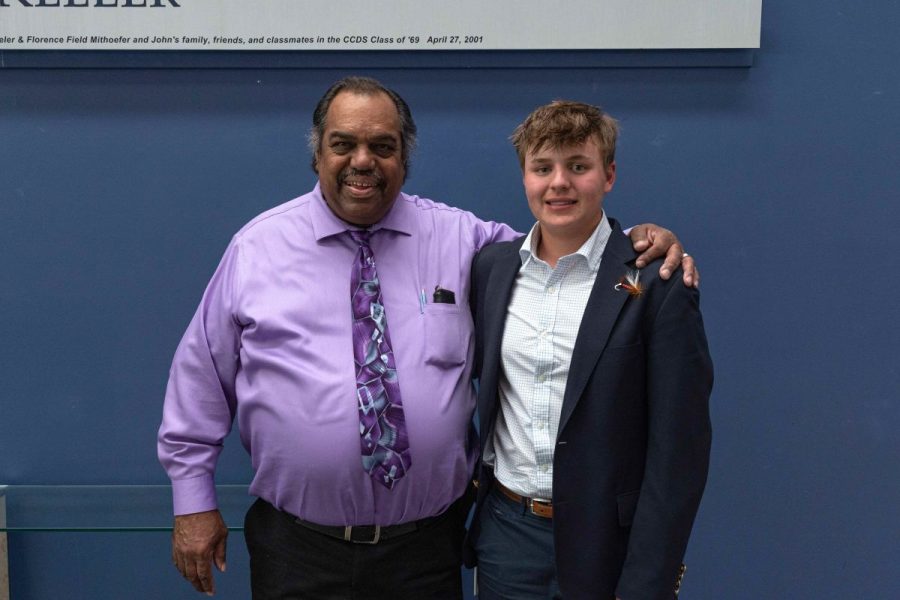By Yven Destin, Upper School History Teacher
9/11:
On this month in history, in 2001 two hijacked airliners crashed into the World Trade Centers, commonly known as the Twin Towers in New York. Two more airliners would crash—one hitting the Pentagon in Washington, D.C., and the other into an open field in Pennsylvania after passengers attempted to regain control of the plane. In the end, nearly 3,000 people died including the 19 hijackers. The attacks that day on September 11th, as Jason Villemez of PBS News Hour reported, “reshaped many facets of American life,” particularly in the area of air travel, immigration, government surveillance, and anti-Islamic discrimination. Perhaps the most visible change that resulted from 9/11 was in air travel. In the ensuing days, the attacks intensified airport security and enhanced its operations to include a fleet of x-ray machines, pat downs, and seizures of unauthorized travel items, like pocketknives that hark back to a familiar time when people would have them as key chains. For those of us who remember life at the airport before 9/11, as Doug Robinson of Deseret News nostalgically described, we could “stroll to the gate at the airport without a ticket and greet family and friends as they arrived or see them off as they departed.” I personally remember a family taking up a row of seats just to accompany the grandma who was about fly—never mind the other passengers who needed a seat and were greeted with “Sorry, I need to spend time with my nana.” Gone are the days of such freedoms.
V-J Day:
On September 2, 1945, Japan formally surrendered to the United States and its allies (Great Britain, Soviet Union, and China), which effectively ended World War II. The formal surrender came after several warnings to Japanese leaders from Allied leaders that then dropped an atomic bomb on the city of Hiroshima on August 6 and another on the city of Nagasaki three days later. In an instant, seventy thousand people were vaporized (a boiling effect from liquid to gas) with another 100,000 perishing from “burns and radiation sickness” at Hiroshima, according to U.S. History.org. Eighty thousand more were obliterated at Nagasaki. Within days, the Japanese capitulated to the Allied forces, a couple months after the surrender of Nazi Germany. On August 14th, United States President Harry S. Truman declared “Victory-over-Japan Day” or “V-J Day,” although the Japanese would officially surrender to the Allied powers a month later, aboard the U.S.S. Missouri anchored in Tokyo. According to the History Channel, “images from V-J Day celebrations around the United States and the world reflected the overwhelming sense of relief and exhilaration.” It was a feeling best captured in “one particularly iconic photo taken by Alfred Eisenstaedt for Life magazine, a uniformed sailor passionately kisses a nurse in the midst of a crowd of people celebrating in New York City’s Times Square” (History Channel, V-J Day). For the people of Japan, their surrender was not, as one might imagine, a realization that they lacked a nuclear counter response. But, as Emperor Hirohito declared, Japanese surrender meant preventing the “ultimate collapse and obliteration of the Japanese nation…” (Hirohito, History Channel, V-J Day).
Citations:
History.com staff. (2009). V-J day – world war II Retrieved from http://www.history.com/topics/world-war-ii/v-j-day
Robinson, D. (2013, ). Doug robinson: Before and after 9/11 Deseret News Retrieved from http://www.deseretnews.com/article/865586324/Before-and-after-911.html?pg=all
UShistory.org. (2015). The decision to drop the bomb Retrieved from http://www.ushistory.org/us/51g.asp
Villemez, J. (2011, September 14). 9/11 to now: Ways we have changed. PBS Newshour Retrieved from http://www.pbs.org/newshour/rundown/911-to-now-ways-we-have-changed/
Image Source: https://www.tumblr.com/search/vj-day-kiss







